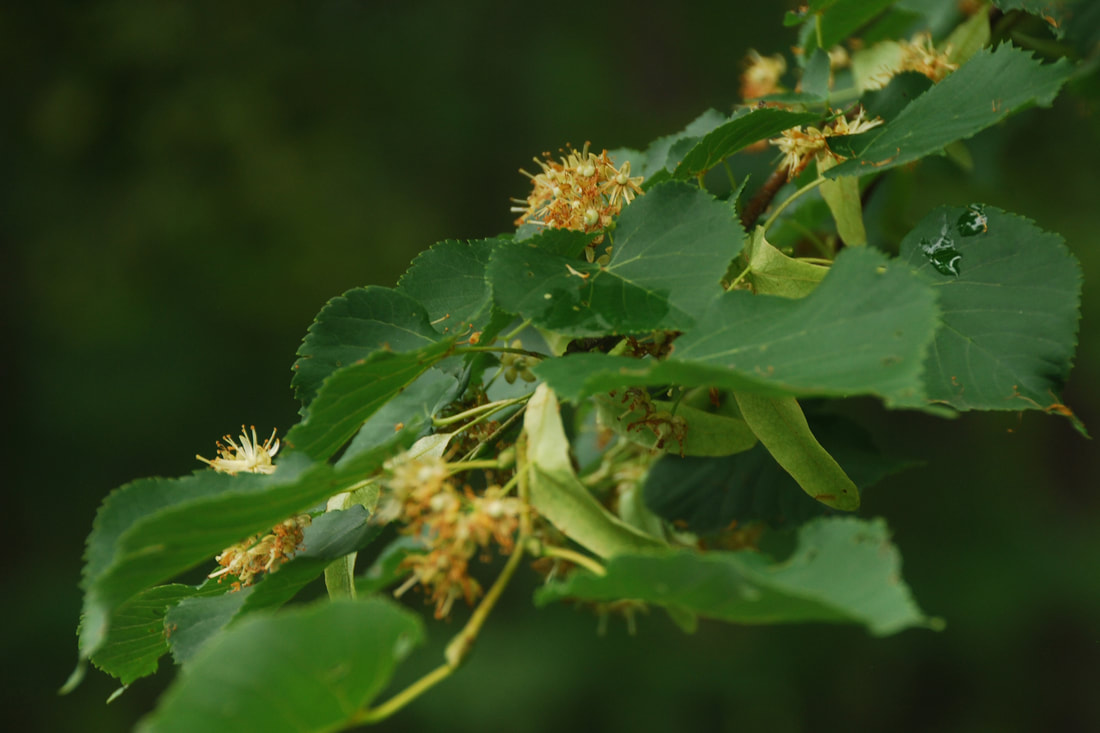|
*Keep “flower buffet” open throughout the whole season for pollinators with a continuous succession of flowering plants.
* There are almost 500 documented species of native bees in Wisconsin. * Bees are rarely aggressive but yellowjackets and wasps can be aggressive. * Honey bees are highly social in their hives but native bees tend to be solitary and mostly nest in the ground or cavities in trees or logs. * Tree pollination: most Midwestern trees are wind pollinated such as elm, oak, ash, birch, maple, and shrubs such as hazelnuts. Some trees and shrubs that have showy flowers in spring can attract pollinators, including red maple, black cherry, American basswood, service berry, dogwood, chokecherry, wild plum, pussy willow, and sumac. * Suggestions for attracting more pollinators are: leave some bare soil for ground nesting bees in the garden; rather than using wood mulch consider leaving the leaf litter on the ground in fall and consider it “mulch” throughout the year (some bees can nest in the leaf debris); do not cut back stems on all plants in the fall , leaving them up for bees to nest in over the winter and then cut back later in the spring to about 12-15 inches high; have some old logs on the ground in or near the garden for nesting . Contact information for Heather Holm: Website is PollinatorsNativePlants.com New book out: An Identification and Native Plant Foraging Guide
0 Comments
Leave a Reply. |
|
| North Country MGV | gARDEN bLOGS |
Location |
|

 RSS Feed
RSS Feed